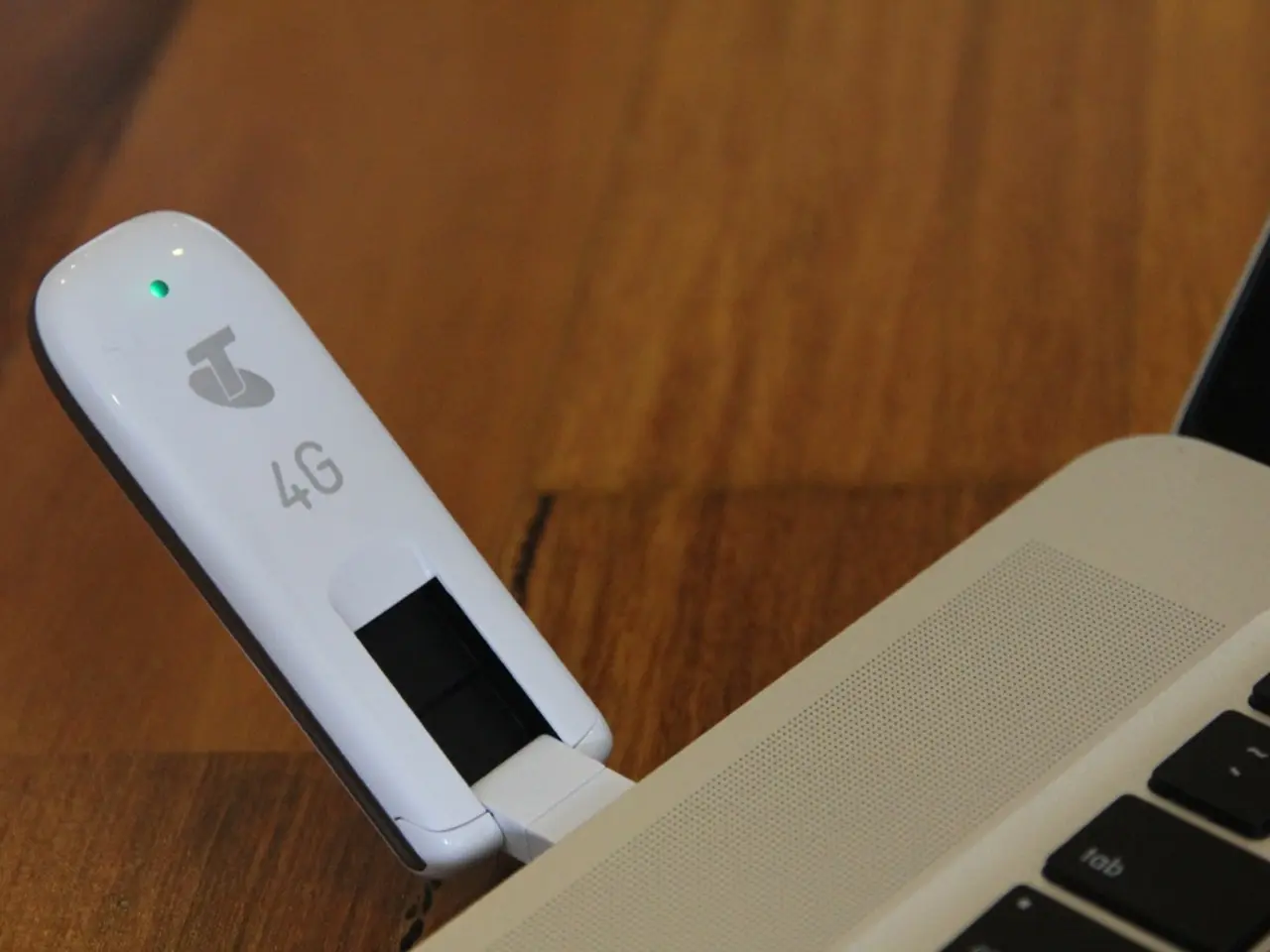Examining EDI's Impact in Contemporary Healthcare - Functioning Mechanisms and Importance for Corporations
In the rapidly evolving landscape of healthcare, Electronic Data Interchange (EDI) has emerged as a crucial tool for facilitating secure and compliant electronic exchange of information. This modern approach, which adheres to privacy and security standards outlined by the Health Insurance Portability and Accountability Act (HIPAA), is becoming increasingly prevalent, with the global EDI market projected to reach approximately $5.63 billion by 2025, growing at a compound annual growth rate (CAGR) of 10.4% [3].
The National Council for Prescription Drug Programs (NCPDP) plays a significant role in setting standards for pharmacy-related transactions, while understanding healthcare EDI standards such as HIPAA, X12, and HL7 is essential for interoperability and compliance. Developing custom medical EDI software requires careful planning, attention to detail, and adherence to industry standards and regulations.
One of the key transaction sets used in healthcare EDI is the 834, which facilitates individuals' electronic enrollment and disenrollment in healthcare plans. The 837 transaction set, on the other hand, is used for the electronic submission of healthcare claims from healthcare providers to insurance payers. The 835 transaction set, also known as Electronic Remittance Advice (ERA), is used for the electronic remittance of healthcare claim payments and accompanying information from payers to providers.
Healthcare businesses use the 276 transactions to inquire about the status of a healthcare claim submitted by payers, with the 277 transaction providing the response. Similarly, healthcare providers use the 270 transactions to inquire about a patient's insurance eligibility and benefits coverage from payers, with the 271 transaction providing the response. The 278 transaction set, or the Healthcare Services Review - Request for Review and Response, is used for the electronic exchange of referral, certification, and authorization requests between healthcare providers and payers.
Implementing EDI in healthcare can range from $30,000 to $250,000 or more. Continuous improvement and iteration should be embraced in the development process of EDI software, with testing and quality assurance being essential aspects of the development lifecycle. Security and privacy should be prioritized throughout the development process, and robust error handling and data validation mechanisms are necessary for EDI software.
Furthermore, developing EDI software requires a focus on interoperability standards, automation of prior authorization, secure data exchange using blockchain, mobile EDI solutions, and AI-assisted claim investigations. Key trends contributing to the growth of the EDI market include regulatory compliance, enhanced administrative efficiency, cost and error reductions, and the expansion of telehealth.
Examples of EDI in healthcare include streamlined claims submission and processing, and electronic remittance of healthcare claim payments. As the healthcare sector continues to evolve, the role of EDI is set to become even more integral, ensuring seamless and secure communication between healthcare providers, payers, and patients.
In the realm of technology, the fusion of medical-conditions management with custom software development, particularly mobile app development, could lead to innovative healthcare solutions that streamline the process ofclaims submission and processing or offer AI-assisted claim investigations. Science and technology, working together, may also bring about advancements in secure data exchange using blockchain within the EDI landscape.




